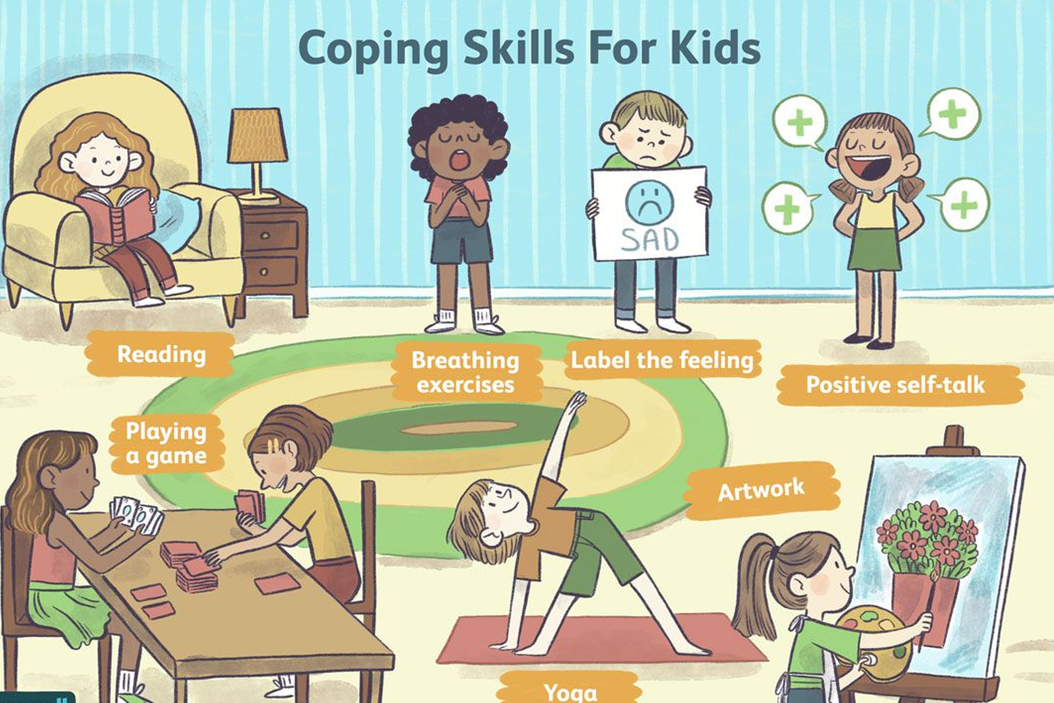A nurse is caring for a client who is flushed and has a temperature of 38.7° C (101.7° F). Which of the following actions should the nurse take?
Remove blankets from the client.
Place cold packs on the client’s axillae.
Place a fan to blow air across the client.
Give the client an alcohol sponge bath.
The Correct Answer is A
Choice A reason: Removing blankets from the client is a good action to take. Blankets can trap heat and increase the body temperature. Removing them can help the client lose heat through radiation and convection.
Choice B reason: Placing cold packs on the client’s axillae is not a good action to take. Cold packs can cause vasoconstriction and shivering, which can increase the metabolic rate and the heat production. They can also cause discomfort and skin damage.
Choice C reason: Placing a fan to blow air across the client is not a good action to take. A fan can cause evaporation of sweat and moisture, which can lower the body temperature. However, it can also cause dehydration and electrolyte imbalance, which can worsen the client’s condition.
Choice D reason: Giving the client an alcohol sponge bath is not a good action to take. Alcohol can cause vasodilation and evaporation, which can lower the body temperature. However, it can also cause skin irritation, dryness, and absorption, which can lead to toxicity and complications.
Nursing Test Bank
Naxlex Comprehensive Predictor Exams
Related Questions
Correct Answer is A
Explanation
Choice A reason: This is the correct answer because it reflects acceptance of the limb loss and a positive coping strategy. This statement shows that the client is willing to take responsibility for the care of the residual limb and is ready to learn new skills. The other statements indicate denial, anger, or depression, which are normal stages of grief, but not acceptance.
Choice B reason: This is not the correct answer because it reflects denial of the limb loss and a reluctance to face the reality of the situation.
Choice C reason: This is not the correct answer because it reflects depression and a sense of helplessness and dependency.
Choice D reason: This is not the correct answer because it reflects anger and a difficulty in adjusting to the limb loss.

Correct Answer is A
Explanation
Choice A reason: This is correct because a mechanical lift is designed to safely transfer a client who has limited or no mobility and cannot assist with the transfer.
Choice B reason: This is incorrect because the sides of the sling are not for the client to hold onto, but for the nurse to attach the hooks of the lift.
Choice C reason: This is incorrect because the lower end of the sling goes under the client's thighs, not below the client's calves
Choice D reason: This is incorrect because the device does not require the client to use upper body strength, but rather supports the client's weight and movement.
Whether you are a student looking to ace your exams or a practicing nurse seeking to enhance your expertise , our nursing education contents will empower you with the confidence and competence to make a difference in the lives of patients and become a respected leader in the healthcare field.
Visit Naxlex, invest in your future and unlock endless possibilities with our unparalleled nursing education contents today
Report Wrong Answer on the Current Question
Do you disagree with the answer? If yes, what is your expected answer? Explain.
Kindly be descriptive with the issue you are facing.
